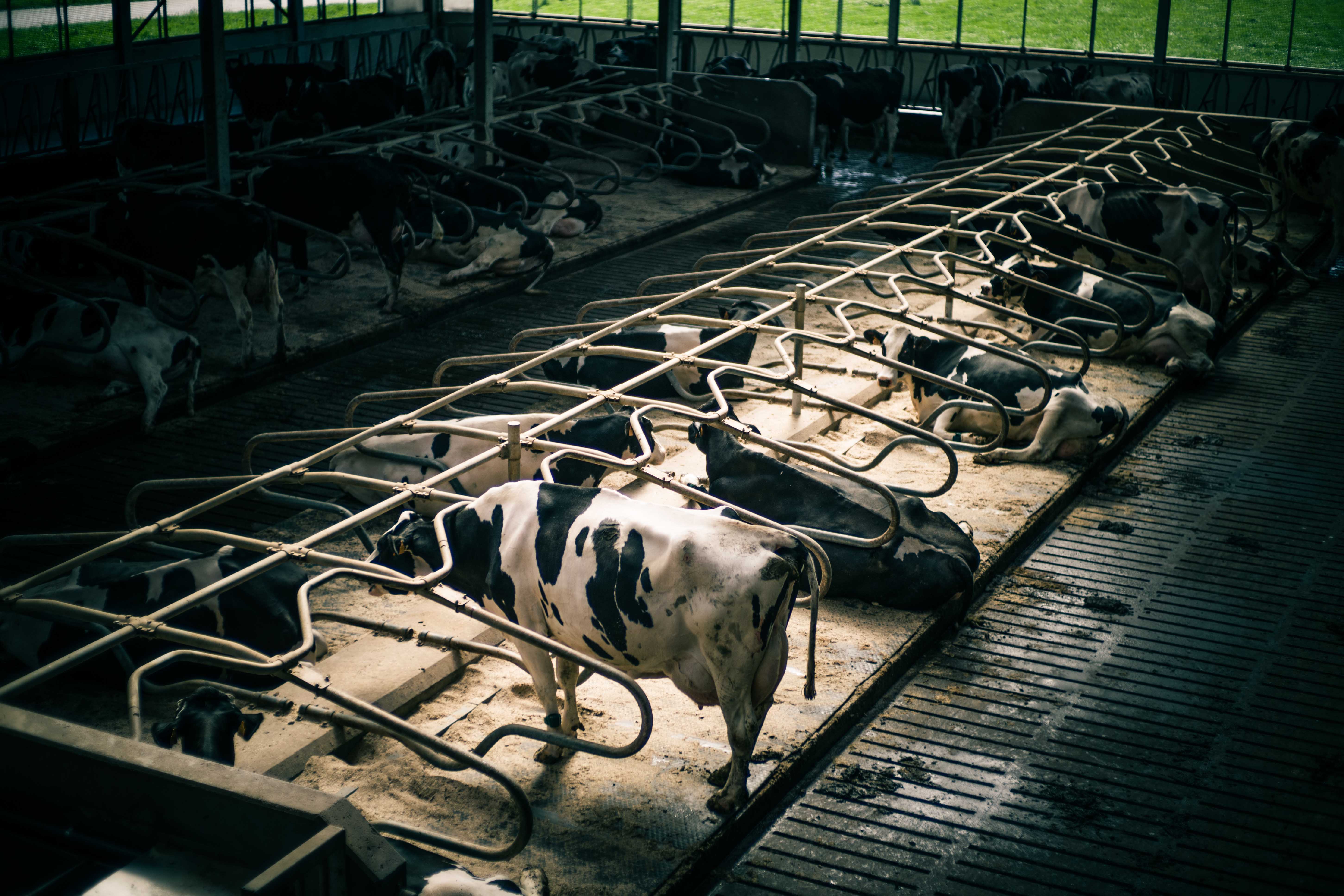
Prevention is vital in keeping farm animals healthy and resilient.
As your trusted partner, CID LINES, An Ecolab Company is by your side to care, to help, to support and to advise you on biosecurity and how it can improve the health of both your animals and your business.
WHAT IS BIOSECURITY?...FROM DISEASE MANAGEMENT TO PREVENTION
Biosecurity is the complete set of measures put together to prevent the introduction of harmful organisms (like viruses, bacteria, etc.) in order to minimize the risk of introduction, transmission and spreading of infectious disease.
Biosecurity measures , like cleaning and disinfecting, prevent new diseases and control existing diseases.
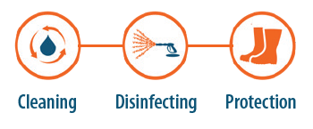
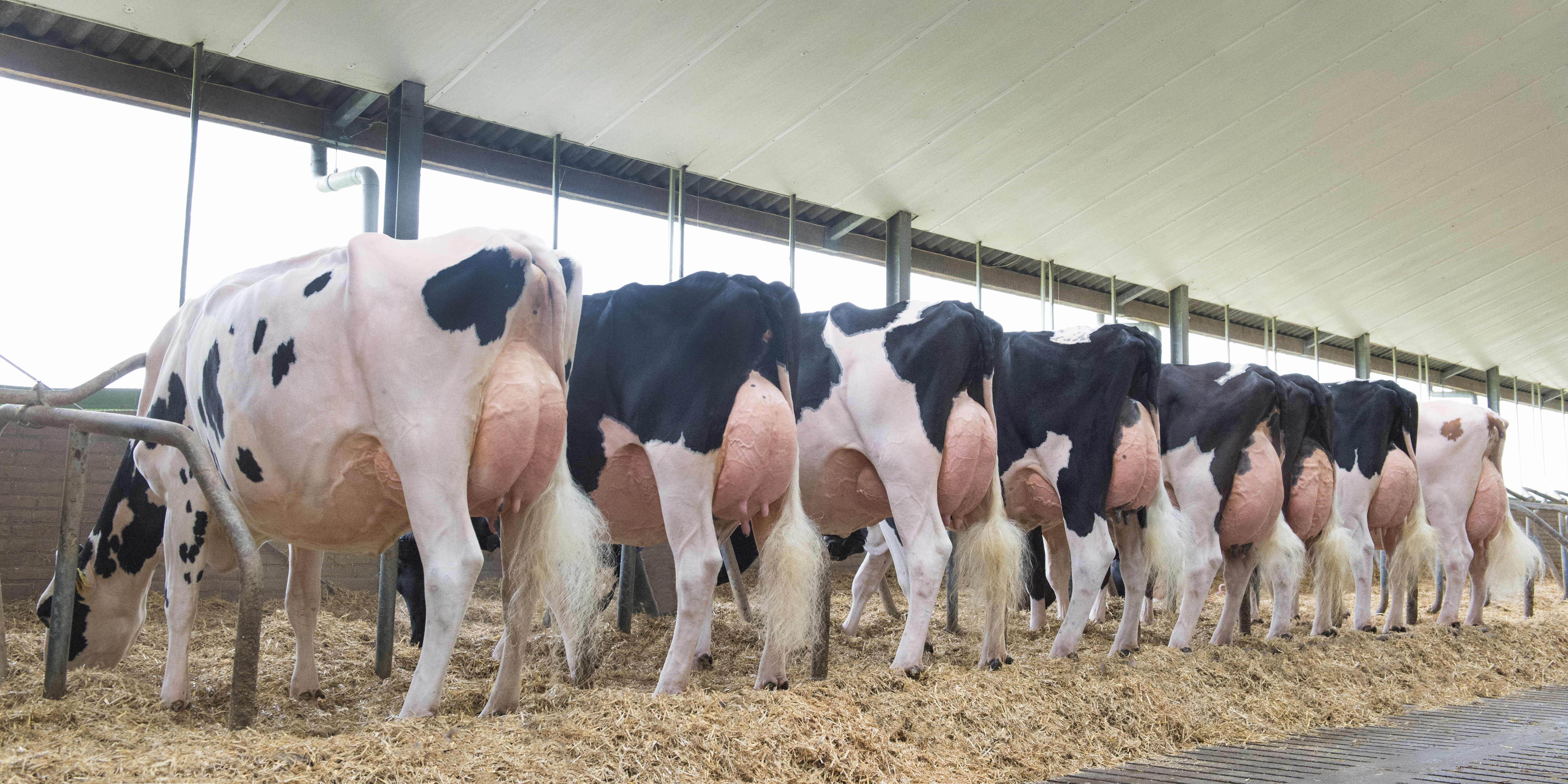
HOW TO PREVENT MASTITIS
You can trust CID LINES, An Ecolab Company to give you the tools you need to protect your farm against the negative impacts of Mastitis.
CLEANING THE BARN
When the animals are moved out of the barn, it is time to start the cleaning protocol. The sooner you start the better. Manure must be removed as soon as possible. The longer a cleaned and disinfected barn is left dry before the animals enter, the better. But some microorganisms can survive up to 60 days in a dry environment! Cleaning before disinfecting is a must as remains of organic dirt cannot be disinfected.
 Our solutions
Our solutions
Removing this organic dirt should be done in the easiest and fastest way. That’s why CID LINES, An Ecolab Company has developed a range of alkaline and acid cleaners which prove their benefits – including superior efficacy and time saving properties – daily on many farms worldwide.
Detergent action mode
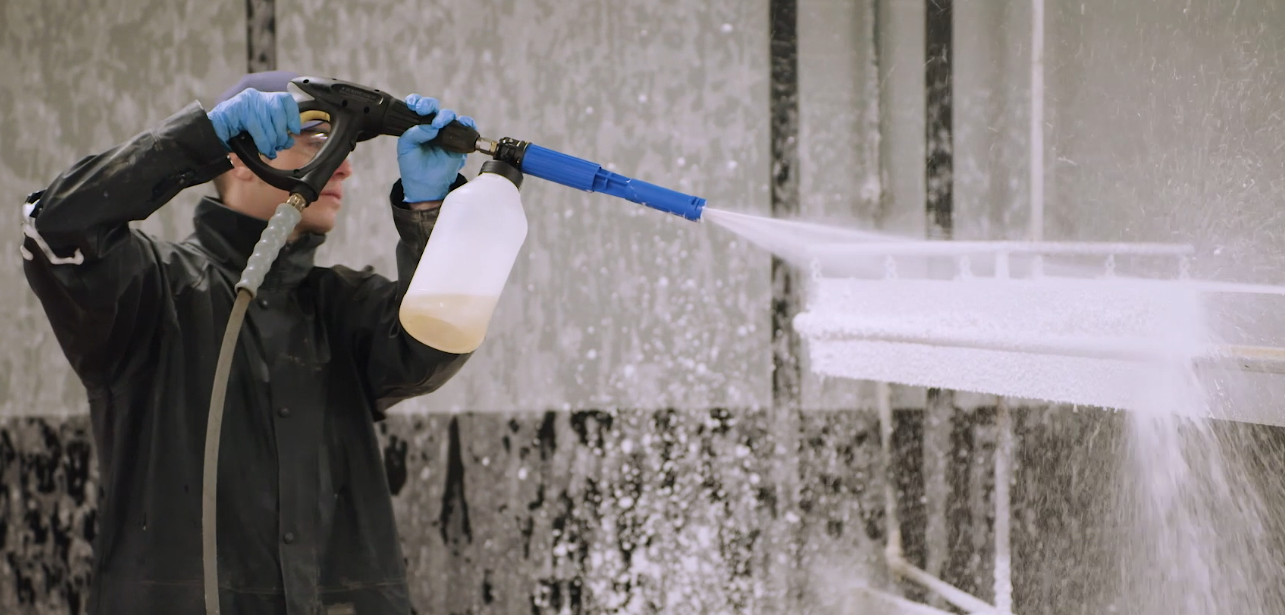 Foaming detergent contains surfactants, molecules with a hydrophilic head and a hydrophobic tail. The hydrophobic tail is attracted to the dirt and attaches to it. The hydrophilic head is attracted to the water and starts to pull the dirt away from the surface. The dirt particle is surrounded by the detergent that breaks it down into small particles.
Foaming detergent contains surfactants, molecules with a hydrophilic head and a hydrophobic tail. The hydrophobic tail is attracted to the dirt and attaches to it. The hydrophilic head is attracted to the water and starts to pull the dirt away from the surface. The dirt particle is surrounded by the detergent that breaks it down into small particles.
PERSONAL HYGIENE
Boot, hand and clothing hygiene are probably the fastest, most simple and cheapest ways to prevent the spread of pathogens and yet they are the most overlooked. Simply cleaning and disinfecting footwear and sanitizing hands with anti-bactericidal hand soap is a quantum leap towards animal health and safety.
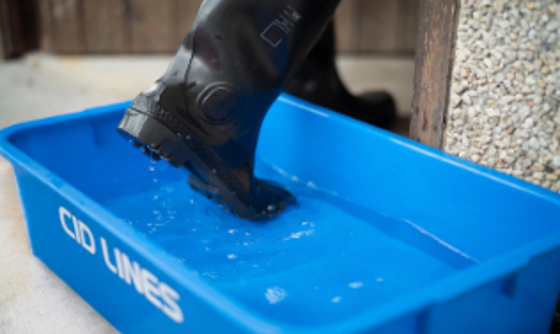
CALF HEALTH MANAGEMENT: RESTORE THE BALANCE!
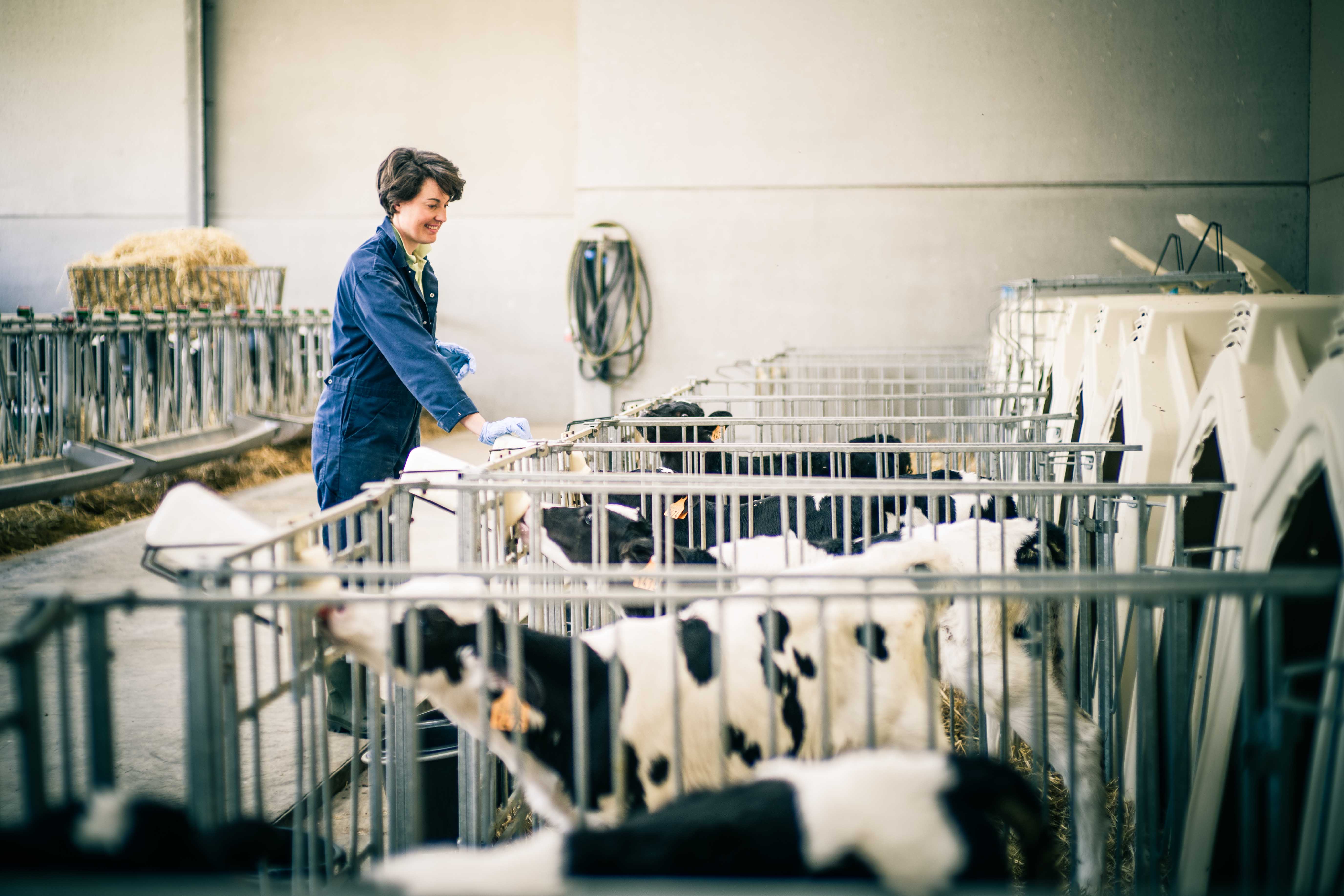 Respiratory infections and calf diarrhea cost large amounts of money for livestock farming. This is not only due to a high mortality rate (up to 20%), but also due to a strongly reduced feed conversion, slow growth and high treatment costs. Good health management is therefore of great importance during the first weeks of life, infections during this period determine the general health and profitability during the further life of the animal (milk yield, age of first born calf, feed intake ...).
Respiratory infections and calf diarrhea cost large amounts of money for livestock farming. This is not only due to a high mortality rate (up to 20%), but also due to a strongly reduced feed conversion, slow growth and high treatment costs. Good health management is therefore of great importance during the first weeks of life, infections during this period determine the general health and profitability during the further life of the animal (milk yield, age of first born calf, feed intake ...).
Good health management is aimed at forming a balanced microbiome. This is formed in the first weeks and will keep the calf and therefore also the adult cow healthy. The microbiome is the whole of microorganisms that are found in the intestine.
A calf is born virtually sterile and absorbs the micro-organisms from its immediate environment (external and internal), which leads to the formation of its own specific microbiome.
• External balance: It is important that the calf ends up in a healthy environment with a balanced and minimal amount of microorganisms. Proper cleaning and disinfection with a broad spectrum of action are necessary to restore the imbalance of (pathogenic) microorganisms.
• Internal balance: It is essential to support the inner development of the microbiome through the use of essential oils that optimize the intestinal balanced during the first month of life of the calf.
.
